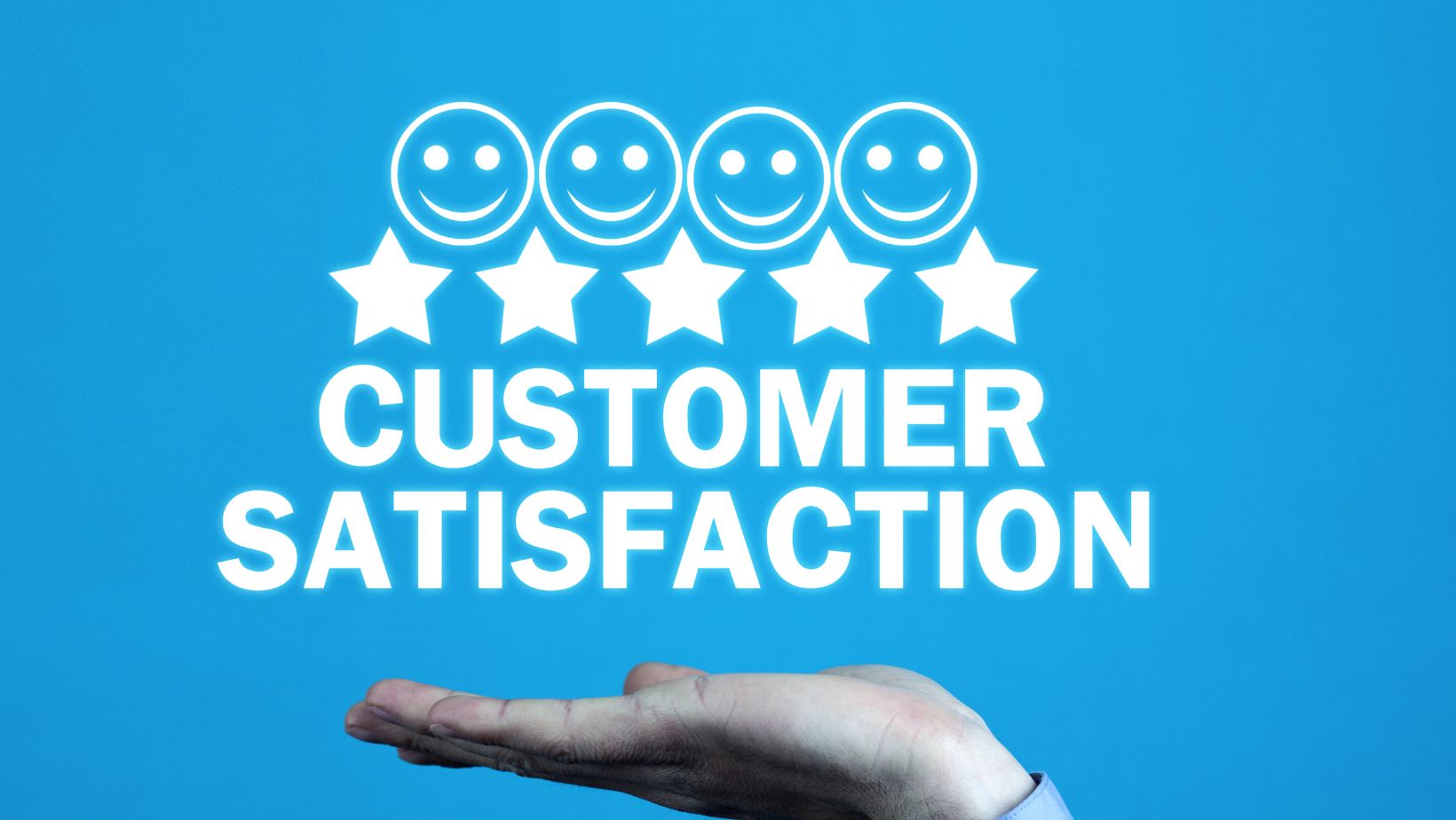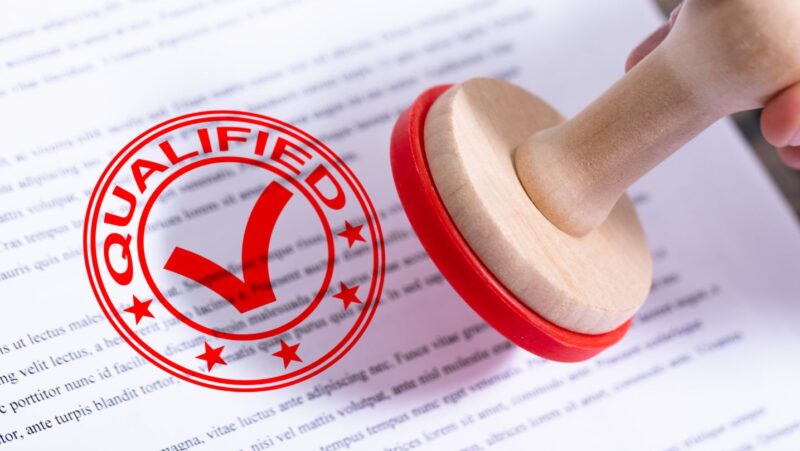

In the fast-paced world of customer service, every interaction counts. That’s why agents must be equipped with the knowledge and skills to handle various customer needs. So, suppose you’re an agent looking to enhance your customer service skills or simply someone interested in understanding the behind-the-scenes of exceptional customer service.
In that case, you’re in the right place. Let’s dive in and explore the correct actions agents should take to ensure customer satisfaction.
Handling a Complaint: Addressing Customer Dissatisfaction
When a customer expresses dissatisfaction with your product or service, it is essential to handle the complaint promptly and effectively. It’s important not to take complaints personally but rather view them as an opportunity to improve and retain the customer’s trust. Here are some actions I recommend taking when addressing customer dissatisfaction:
1. Listen actively: Give the customer your full attention and listen attentively to their concerns. Allow them to express their frustrations without interrupting. Active listening shows the customer that you value their opinion and are committed to finding a resolution.
2. Empathize: Put yourself in the customer’s shoes and understand their perspective. Show empathy by acknowledging their frustration and apologizing for any inconvenience they may have experienced. This helps to build rapport and establish a connection with the customer.
3. Take ownership: Accept responsibility for the issue, even if it was caused by factors beyond your control. Rather than making excuses, focus on finding a solution. Let the customer know that you are committed to resolving their complaint and ensuring their satisfaction.
4. Facilitate communication: Be transparent and keep the customer informed throughout the process. Provide updates on the steps you are taking to address their concern. Clear and proactive communication helps build trust and reassures the customer that you are actively working on a resolution.
5. Offer a solution: Based on the customer’s complaint, propose a suitable solution that meets their needs. Be flexible and willing to compromise to find a resolution that satisfies the customer. If necessary, consult with your team or supervisor to explore the best options available.
6. Follow up: Once the complaint is resolved, follow up with the customer to ensure their satisfaction. This demonstrates that you value their feedback and are committed to their long-term satisfaction. It also provides an opportunity to gather additional feedback and address any lingering concerns.
Remember, handling customer complaints effectively can turn dissatisfied customers into loyal advocates for your business. By actively listening, empathizing, taking ownership, facilitating communication, offering solutions, and following up, you can address customer dissatisfaction and leave them with a positive impression of your company.
Which of the Following Correctly Explains the Actions an Agent Should Take if a Customer
As a customer service agent, finding solutions for customer problems is one of the most important aspects of my role. When a customer comes to me with an issue, it is my responsibility to listen attentively, understand their concern, and provide appropriate solutions. Here are the actions I take to effectively resolve customer problems:
1. Actively listen: I make it a point to actively listen to the customer’s problem. This means giving them my full attention, without interrupting or jumping to conclusions. By actively listening, I am able to fully understand the issue and gather all the necessary information to provide a solution.
2. Show empathy: I understand that dealing with a problem can be frustrating and stressful for the customer. That’s why I ensure to show empathy by acknowledging their emotions and letting them know that I understand how they feel. This helps in building trust and rapport with the customer.
3. Take ownership: Taking ownership of the customer’s problem is crucial. I assure the customer that I am there to help and that I will personally take responsibility for finding a solution. This instills confidence in the customer that their issue will be resolved in a timely manner.
4. Facilitate communication: Communication is key in resolving customer problems. I keep the customer informed about the steps I am taking to address their issue. I also act as a liaison between the customer and any other relevant parties, such as product specialists or technical teams, to ensure effective communication and a prompt resolution.
5. Offer solutions: Once I have gathered all the necessary information and evaluated the problem, I propose appropriate solutions to the customer. I provide them with clear options, outlining the benefits and potential outcomes of each solution. This allows the customer to make an informed decision.
6. Follow up: After the solution has been implemented, I follow up with the customer to ensure their satisfaction. This not only shows that I care about their experience, but also provides an opportunity for any further assistance or clarification. It helps in building long-term relationships with customers.
By following these actions, I have successfully resolved numerous customer issues and turned dissatisfied customers into loyal advocates for the business. Resolving customer problems effectively is not only essential for maintaining a positive customer experience, but also for the overall success and reputation of the company.














